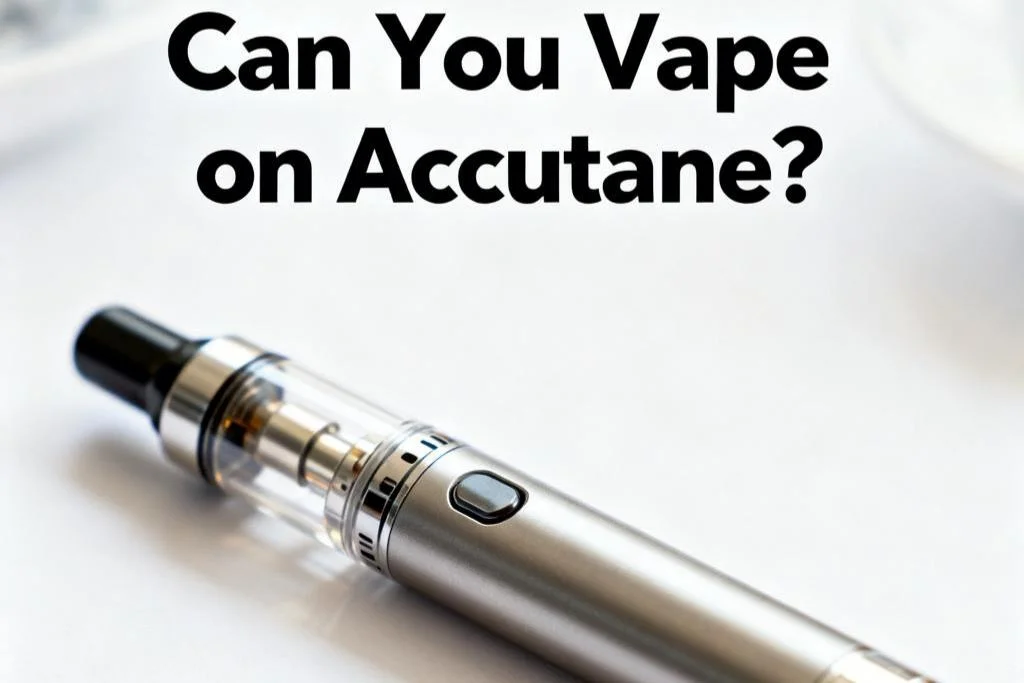Giving up one addiction (smoking) and turning to another may seem concerning; however, vaping poses less harm and does not affect those in your vicinity. Within this blog, Sikary Direct will examine whether or not vapes are addictive and what elements contribute to such addiction.

What Makes Vapes Addictive?
To evaluate if vapes are addictive, we must first comprehend their allure. Vapes consist of nicotine, which is a highly addictive substance also found in tobacco products. Nicotine induces the release of dopamine in the brain, resulting in pleasurable and rewarding sensations, making it easier for individuals to become addicted and crave it.
The addictiveness of vapes is influenced by multiple factors including the device type, nicotine strength, and the individual’s smoking history. For instance, a non-smoker may be more vulnerable to nicotine addiction from vaping than someone who has a smoking background. Similarly, a vape with a higher nicotine concentration is more prone to causing addiction than one with a lower concentration.
Vaping vs. Smoking
One of the primary reasons individuals switch to vaping is as a means of quitting smoking. Vaping has been promoted as a safer alternative to traditional smoking. While vaping has not undergone extensive examination, existing evidence suggests that it is less detrimental than smoking cigarettes.
Smoking entails the combustion of tobacco and inhalation of smoke that contains various detrimental chemicals, including carbon monoxide and tar. These chemicals can cause numerous health conditions, including heart disease and lung cancer. Vaping involves heating e-liquids containing nicotine and flavorings to produce an aerosol that is inhaled. While still relatively new, vaping is certainly less harmful than smoking.
However, it is not without risks. Vaping can cause lung irritation, leading to respiratory problems, particularly for individuals with pre-existing health conditions. It is crucial to consult your physician before vaping.

How addictive is vaping, really?
Doctors, psychologists, and other health professionals always recommend treating addiction with a multifaceted approach, but no one can argue with the fact that nicotine is addictive. So addictive, in fact, that the National Institutes of Health ranks it as addictive as heroin and cocaine.
When a person inhales nicotine, it is absorbed into the bloodstream and begins to affect the brain in as little as 10 seconds. Nicotine disrupts the normal relationship between a neurotransmitter (chemical messenger) called acetylcholine (ACh) and the receptors to which acetylcholine attaches. Without this disruption, ACh plays an important role in muscle contraction, memory, cognition, and more.
When nicotine binds to ACh receptors instead of ACh, it triggers a series of chemical reactions that result in temporary feel-good sensations. These sensations include relaxation, alertness or concentration, calm, and euphoria. But these sensations are short-lived, usually lasting only a few minutes, because your body eliminates the substance so quickly — just two hours after ingesting nicotine, about half is gone.
Vaping on the rise among teens
No matter how you inhale nicotine-a regular cigarette or an e-cigarette-it’s still an addictive substance.
Nicotine’s pleasurable effects combined with its short half-life make people feel like they need another dose soon after the first one. The result is a vicious cycle of addiction.
“Inhaling nicotine increases dopamine production regardless of the container used,” and the ups and downs of dopamine levels are what motivates a person to smoke, which is why health officials are realizing that e-cigarettes aren’t the stepping stone to quitting after all.
Vape Addiction and Quitting
If you vape regularly and are worried about addiction, several steps can help you quit. Firstly, acknowledge that you have an issue and need to quit. Although vaping’s harmfulness is unconfirmed in research, you may have other reasons to quit.
After deciding to quit, take action by gradually reducing the nicotine content in your e-liquid. One can lower their nicotine intake by purchasing e-liquids with lower nicotine levels or by diluting their current e-liquid with a nicotine-free base. An alternative method to quit vaping is by using nicotine replacement therapy, such as nicotine patches or gum.
Ultimately, quitting vaping requires willpower and determination. While challenging, it is achievable.
Conclusion
While vaping is less harmful than smoking, it still contains nicotine, a highly addictive substance. The potential for addiction depends on various factors, such as the type of device used, nicotine strength, and an individual’s smoking history. If you have concerns about addiction, you can take steps to quit.
A good way to achieve this goal is by gradually reducing the nicotine content of your e-liquid.Sikary offers a wide range of disposable vapes, such as S600 puffs and K1 pod system, at competitive prices.



















